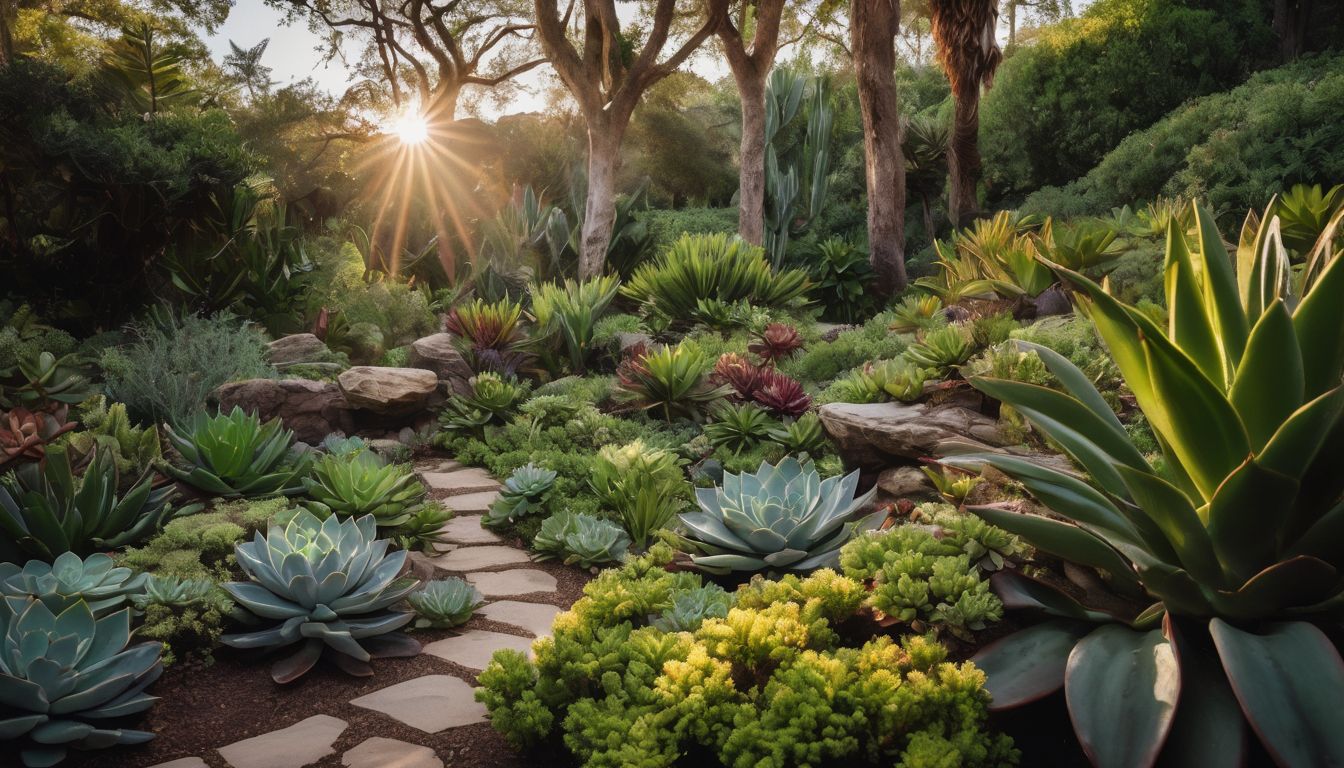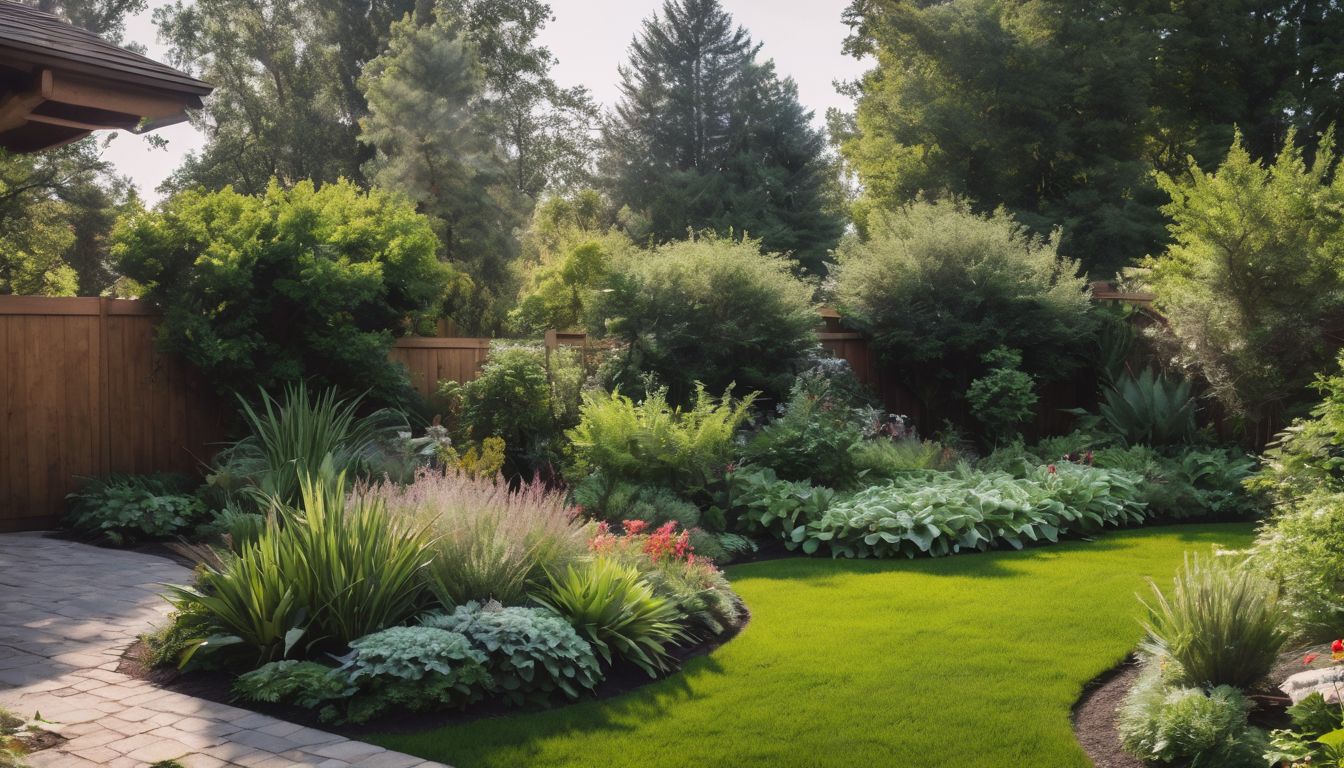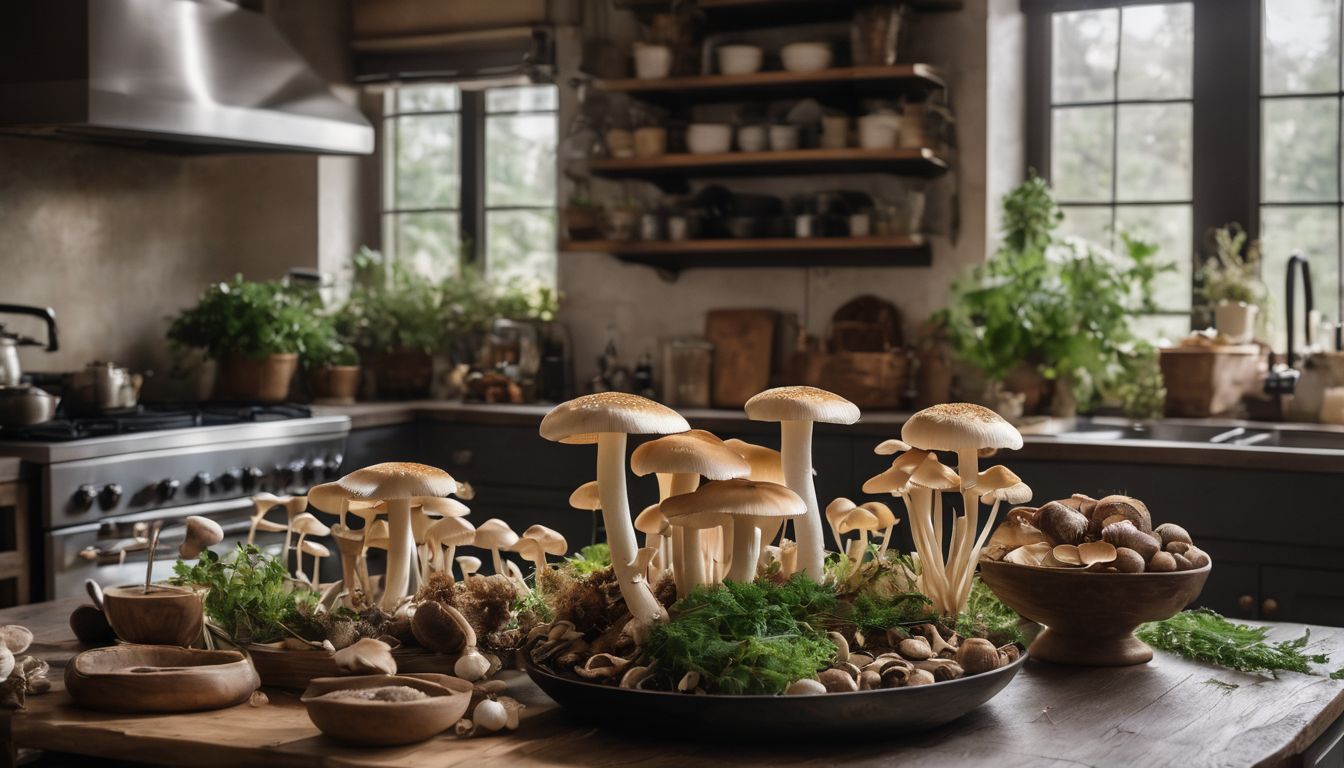Here’s a guide to making your own rainwater catchment planter! If you love gardens but hate gardening, there’s a perfect solution for you. And, it also happens to be very eco-friendly. What is this magical solution? It’s a rainwater catchment planter, or a self-watering plant container that harvests rainwater and uses it to water your plants. It works using a combination of gravity, toilet valves, and osmosis. Of course, you don’t really need to know how it works to enjoy its benefits for the environment, for your plants, and for your wallet.
Benefits for environment: Catching rain instead of using tap water saves precious resources, which is always a good thing. Water is a finite resource, and freshwater resources are rapidly becoming more and more scarce. If you have a tendency to water your container plants with bottled water, this can use up even more natural resources.1 Even recycling sewage water back into potable water takes a lot of energy and resources.2 Instead, using rainwater to water your plants is a zero-energy project, doesn’t strain current water infrastructure, and can actually be cleaner than tap water.
Benefits for your plants: Because rainwater is often purer than tap water, your plants will thrive. Tap water can contain minerals and metals that can leave hard deposits around your plants.3 The container also provides a controlled, continuously moist environment ideal for growing vegetables without a lot of effort.4 Since a self-watering planter waters the plant from the bottom up, plants tend to develop better root systems and grow healthier.5
Benefits for your wallet: Another great thing about rainwater is that it’s always free, unlike tap water or bottled water. Also, since your plants will be watering themselves, you don’t have to worry about accidentally killing your plant because you forgot to water them for a while. That means you won’t have to spend a lot of money trying to replace or regrow your dead plants. Instead, you’ll just be enjoying them.6 You also won’t spend money on any of those fancy water-timer systems!
Time and effort: Moderate
Depending on your skill with a saw and a drill, the project should take only a couple of hours.
Cost: Low
If you have all the tools, the materials should only cost a total of around $12. Plus, you probably already own at least some of these common household items.7
Materials:
2 five gallon buckets
1 five gallon bucket lid
Plastic basket/colander
Soft Plastic Rectangular Tupperware container
Toilet ballcock mechanism
Toilet rubber float
Small gauge threaded rod
Narrow hose
Nylon hose barb which fits with narrow hose
Waterproof adhesive8
Pen or Pencil
Scissors9
Drill10
Saw11
Directions:
A . False Bottom: We’ll start with the false bottom, an integral part of the self-watering system in that it creates a filter between the soil on top from the water on the bottom.12
- Place the basket/colander and the Tupperware container opening-side down spaced slightly apart onto the bucket lid.
- Using a pen or pencil, trace the shape of the basket/colander rim onto the lid, then trace the shape of the Tupperware container rim onto the lid.
Remove the basket/colander and the Tupperware container. - Now place the bottom of the bucket centered onto the lid.
- Using a pen or pencil, trace the shape of the bottom rim onto the lid.
- Using a pair of scissors carefully cut out this shape.
- Then, carefully cut out of that shape the shapes of the basket/colander and the Tupperware container. You should be left with a lid shape with two holes on the bottom.
B . Shut-Off Mechanism: Now you’ll be constructing the shut-off mechanism, which will cut off the water supply to the planter to prevent your plant from getting overwatered. For this step, you’ll basically be taking apart the toilet ballcock mechanism, cutting up some pieces, and putting it back together again upside down.
- You’ll need to learn the names of the toilet parts. If you aren’t familiar with a toilet ballcock mechanism, familiarize yourself with the toilet mechanism here: http://www.sinkfactory.com/BATHROOM/TOILET_LOW/ToiletLowTank.html
- Pull apart the feed pipe from the float assembly.
- Unscrew the top adjustment screw and take out the fulcrum pin from the top of the ballcock assembly. Save both of these for later.
- Now, gently pull apart the float arm from the float assembly.13
- If you have a metal rod, you shouldn’t have to drill any new hole, and you should skip over the following step. If you have a plasticballcock mechanism, you’ll need to drill new holes for the fulcrum pin and the adjustment screw.
- Look at the side of the float arm with the hole where the adjustment screw used to be. Using a drill bit to match the adjustment screw size, drill another hole on the opposite side of the original hole. Using the same procedure, do the same for the fulcrum pin.14
- Using a saw, cut through the feed pipe an inch from the bottom opening.15
- Now you’ll reassemble the lever, but with the reversed settings. Try to reattach the original float arm. If that doesn’t work, screw in the threaded rod.
- The assembly, float arm, and float ball all have to fit and move fluidly inside the Tupperware container once connected. After approximating the space you ’ll need, cut the float arm/rod to fit. Screw the rubber float ball onto the other end of the float arm/rod.
- With the float arm/rod secured in the lever, screw the adjustment screw back in, as well as the fulcrum pin. If the fulcrim pin doesn’t fit anymore, use a small nail.16
- Place the Tupperware container upside-down and get the shortened feed tube. Cut a hole into the bottom of the Tupperware container so that the wider opening of the feed tube can be outside the Tupperware container while the smaller opening of the feed tube remains on the inside.
- Reattach the feed tube to the assembly through the opening. Using the waterproof adhesive, seal the Tupperware opening closed around the feed tube. If there is a secondary fill tube opening, fill it with waterproof adhesive so that no water could get through it.17
- Now you have a working shut-off mechanism!
C . Completing the System: Putting everything together, you can now complete the self-watering system.
- Get the lid shape with the two holes cut out. Using the adhesive, glue the rim of the basket/colander onto its corresponding opening on the lid. Make sure to seal the edges tightly.
- Flip the basket over so that the lid shape rests on top. Now glue the rim of the Tupperware container onto its corresponding opening on the lid. Again, make sure to seal the edges tightly.
- Get one of the five-gallon buckets. This will be your self-watering container. Place the basket/lid/Tupperware contraption into the container, with the Tupperware still on top. Glue the edge of the lid shape to the sides of the bucket to hold the contraption in place.
- A few inches above the feed valve, drill a hole wide enough to screw in the hose barb. Then, screw in the hose barb so that it sticks out on both sides.
- Cut a length of hose to attach to the feed valve to the hose barb. Again, seal any edges with waterproof adhesive.18
- Get the other five-gallon bucket. Drill on the side of the bucket, but close to the bottom, a hole wide enough to screw in another hose barb.
- Decide how you want your buckets to be positioned. You’ll have to place the rainwater container underneath a rain gutter downspout. Since the watering system works with gravity, you’ll also need to position the plant container somewhere close but above the rainwater container. You can either do this by burying the plant container and leaving the rainwater catchment bucket resting on the ground or you can elevate the rainwater catchment bucket onto a shelf or bench, with the plant container resting on the ground.19
- Once you’ve figured out the distance of hose that you’ll need, cut the hose to size and connect to the hose barbs on the outside of the containers.20
- Fill the plant container with the soil, fertilizer, and compost as desired. Use only a small amount of fertilizer, since it won’t wash away or get absorbed by surrounding soil.21
- Plant the desired flowers, veggies, or plants in the bucket.
- Enjoy!
A Greywater Twist: If you happen to live in an area without much rainwater, consider using greywater. Greywater is used water from sinks, showers, tubs, washing machines, and dishwashers. Because detergents can contain nitrogen and phosphorus, they can simultaneously help to water and continuously fertilize your plants. For more information on installing a greywater system, check out: Reuse Your Grey Water




